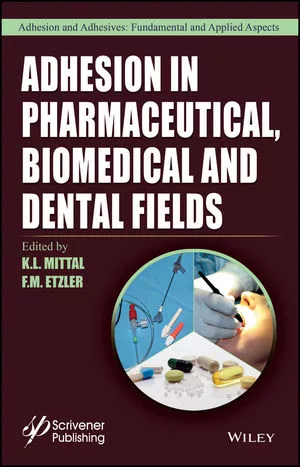Ask Dr. Dave
Surfactants and Sustainability
We hear that some surfactants have been banned. Is it a problem in the adhesives and sealants that we manufacture?
Surfactants are widely used in a range of adhesives and sealants, primarily to promote the wetting of surfaces to promote adhesion. Unfortunately, some of them have been found to have suspect toxicity profiles or environmental issues.
A good example can be found in alkylphenol ethoxylates, particularly nonylphenol ethoxylates (NPEs), which are produced in large volumes and used for industrial processes and in consumer laundry detergents, personal hygiene, automotive, latex paints, and lawn care products. Many of these, such as laundry detergents, are “down-the-drain” applications. NPEs, though less toxic and persistent than nonyl phenol itself, are highly toxic to aquatic organisms and degrade into nonyl phenol in the environment. These products have been banned or their use severely restricted in many countries.
Frankly, NPEs are used in small quantities in most adhesive and sealant applications and do not pose a hazard to either manufacturers or end users because the adhesives are cured and confined between surfaces. In fact, nonyl phenol is used as a cure additive in some epoxy resins.
The only people who should be concerned are those making sealants for applications such as impregnating paper, textiles, and metals, where the surfactants may enter wastewater streams. Manufacturers may have to put “substances of very high concern” on their Safety Data Sheets according to European REACH regulations. Alternative surfactants are now widely available, and some manufacturers advertise their products as “NPE free” for emphasis.
Any views or opinions expressed in this column are those of the author and do not represent those of ASI, its staff, Editorial Advisory Board or BNP Media.
Looking for a reprint of this article?
From high-res PDFs to custom plaques, order your copy today!






